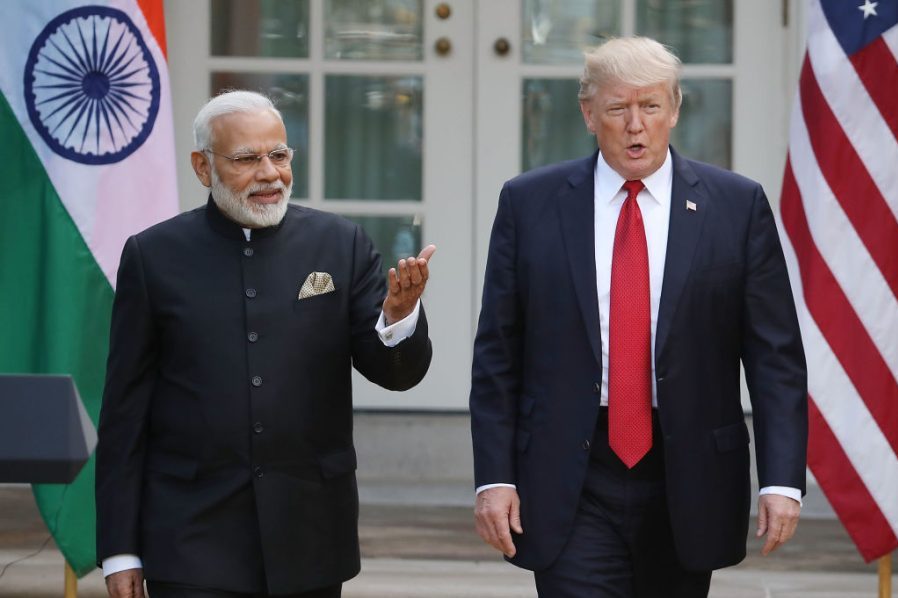Diwali, which falls this year on November 14, is a festival of family, fireworks and food. Here are the dishes to try to keep the Diwali flame alive in a COVID winter.
COVID has already put paid to regular Diwali celebrations. It was inevitable: eight people around the table to tuck into a Christmas turkey is one thing; a Diwali gathering involving your typical Asian extended family— aunts, uncles, fourth cousins and all — is quite another.
But, as a festival celebrating the triumph of light over darkness, we should all get in on the cheer and do our best to salvage the festivities by rustling up some celebratory food. The extent of regional variation across the vast Indian sub-continent, and the worldwide Hindu community beyond, means that there are no hard and fast rules as to what to eat: a few traditional dishes typically will feature alongside family favorites. So, forget the toilet paper, now is the time to stock up on ghee and refresh the spice cabinet.
Snacks
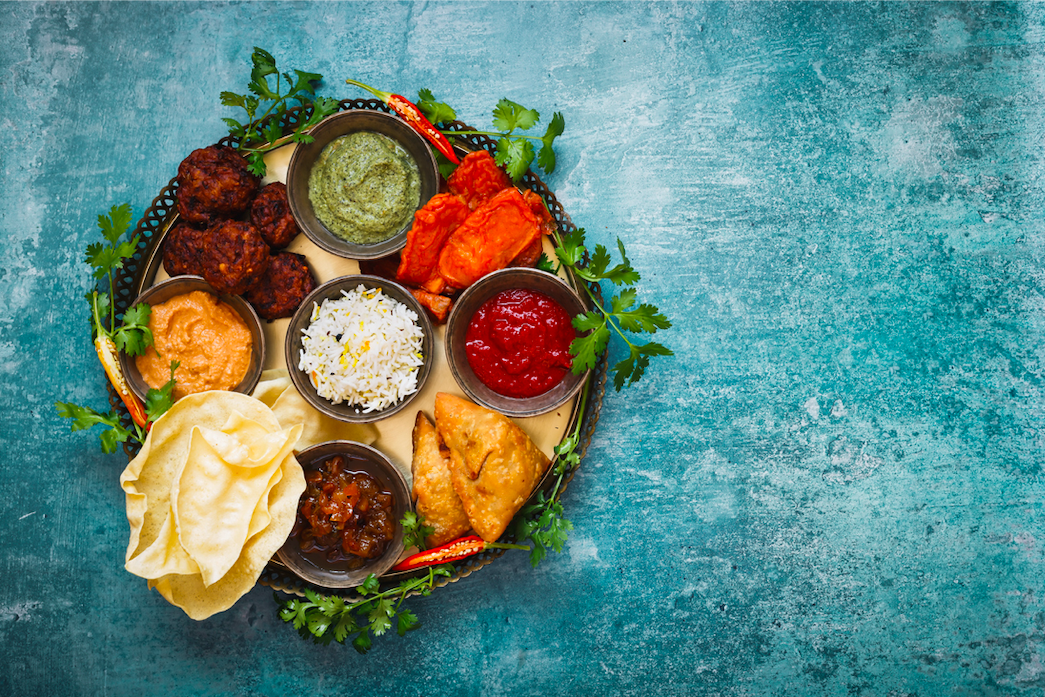
In a normal year, munching on freshly-fried snacks while watching a firework display at the local temple is a much-loved ritual of Diwali celebrations. The BAPS Shri Swaminarayan Mandir in north London was when built the largest Hindu temple outside of India and has broken records in past years for serving up over 1,200 vegetarian dishes at Diwali as offerings for the gods. The dishes are arranged in an elaborate display called darshan before being given away for eating to the thousands of visitors.
To recreate some of the magic, try rustling up some home-made samosas or pea kachori. And for all-day snacking, try to make a big batch of chivda — a type of Bombay Mix with crispy, fried titbits including flattened rice, split lentils, peanuts and more, flavored with spices and curry leaves. Legendary Indian chef Sanjeev Kapoor shares his preferred mixture here.
Vegetarian
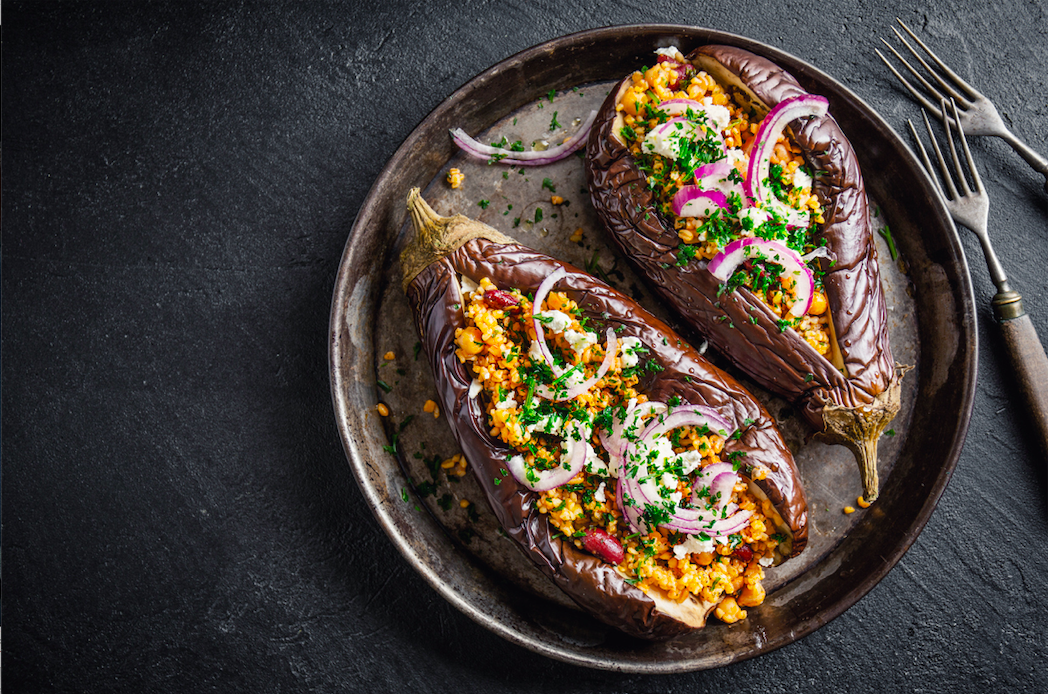
With many Hindus, for example Gujaratis, strict vegetarians and many usual carnivores going vegetarian for Diwali as an act of devotion, there is no better festival for veggies. Yard-long bean curry traditionally makes an appearance at Diwali, as the beans are meant to represent longevity. Beyond that, there are no rules: stuffed aubergines, Bombay potatoes, warming daals and the street food favorite pav bhaji are all good options. Atul Kocher makes a brinjal curry from roasted aubergines which is as easy as it is flavorsome. Hara bhara kebabs are more than a match for the meat equivalent and, as the weather turns colder, you could do worse than opt for a steaming vat of rich, Punjabi daal makhani.
Biryani
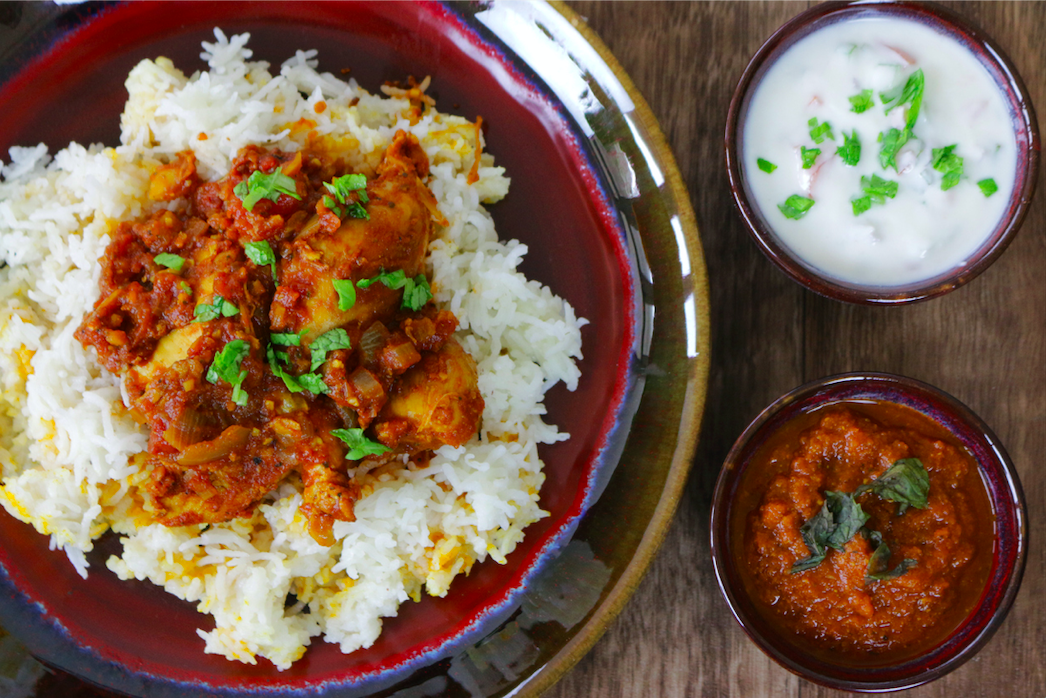
In India you may find a regal biryani take pride of place on the table at this time of year. As befitting what is traditionally a lavish, celebratory dish, big families may slow-cook a whole goat with the rice until it is falling apart. You can keep things more manageable by using a leg of lamb. Or try a shoulder or shank of mutton as does Karam Sethi — of Trishna and Gymkhana fame — in his recipe for dum gosht biryani. As is traditional, Sethi seals the top of the dish with dough to seal in the moisture. It will puff up like a balloon and, when pierced upon serving, will fill the house with the meaty aroma.
If you want a curry, try Maddhur Jaffrey’s chicken korma. You can eat it with naan, but consider also making puris — little round, fried flatbreads. At Diwali they are traditionally deep-fried in expensive ghee for no-expense-spared lavishness.
[special_offer]
Sweets
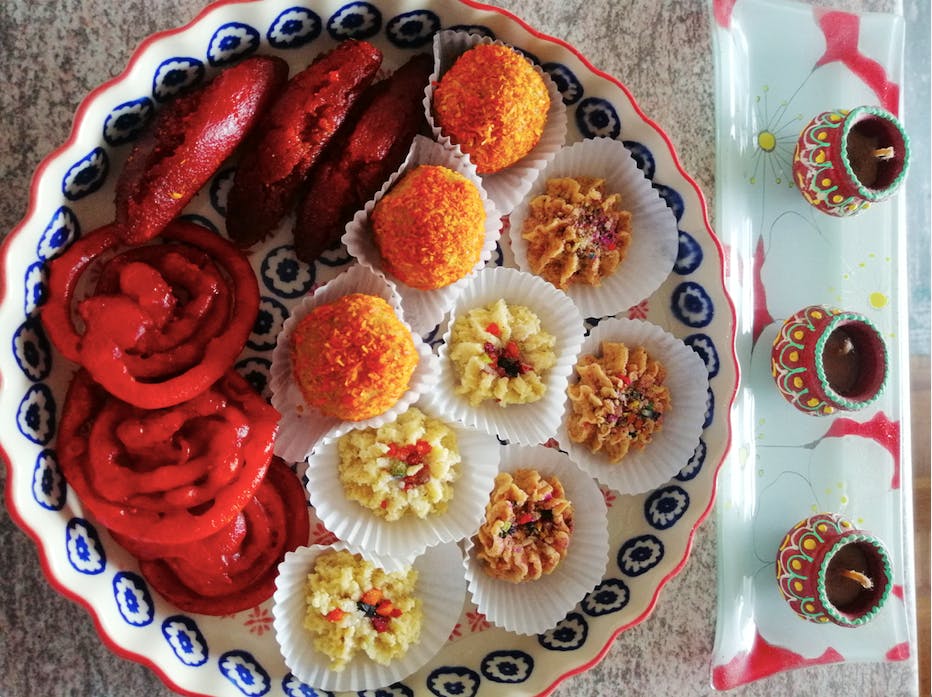
No food is more traditional and ubiquitous come Diwali than mithai, or traditional sweetmeats. The variation is enormous — from flapjack-like barfis and cricket-ball sized laddoo, to jalebi — pretzel-shaped swirls of deep-fried batter soaked in sugar syrup — and balushahi, which vaguely resemble glazed doughnuts. Sugar, ghee, chickpea flour, semolina and condensed milk are common ingredients employed, as are nuts galore (pistachios, almonds, cashews and chironji nuts) and flavorings of cardamom, saffron, nutmeg, rose and kewra (pandan leaf) water. For decoration, gold and silver leaf are ubiquitous — though mithai-making is a chance for the kids to get involved, so lashings of hundreds-and-thousands can be as popular.
At home, try lapsi halva, made from large-grain cracked wheat cooked with ghee, jaggery, fennel seeds and cardamom. Served warm, it is as comforting as rice pudding. Or try this sophisticated take on carrot halwa from Vivek Singh of London’s Cinnamon Club. Try your hand at ghoogra also — they are delicious crescent moon-shaped pastry morsels filled with sweetened semolina and coconut.
This article was originally published on Spectator Life.













